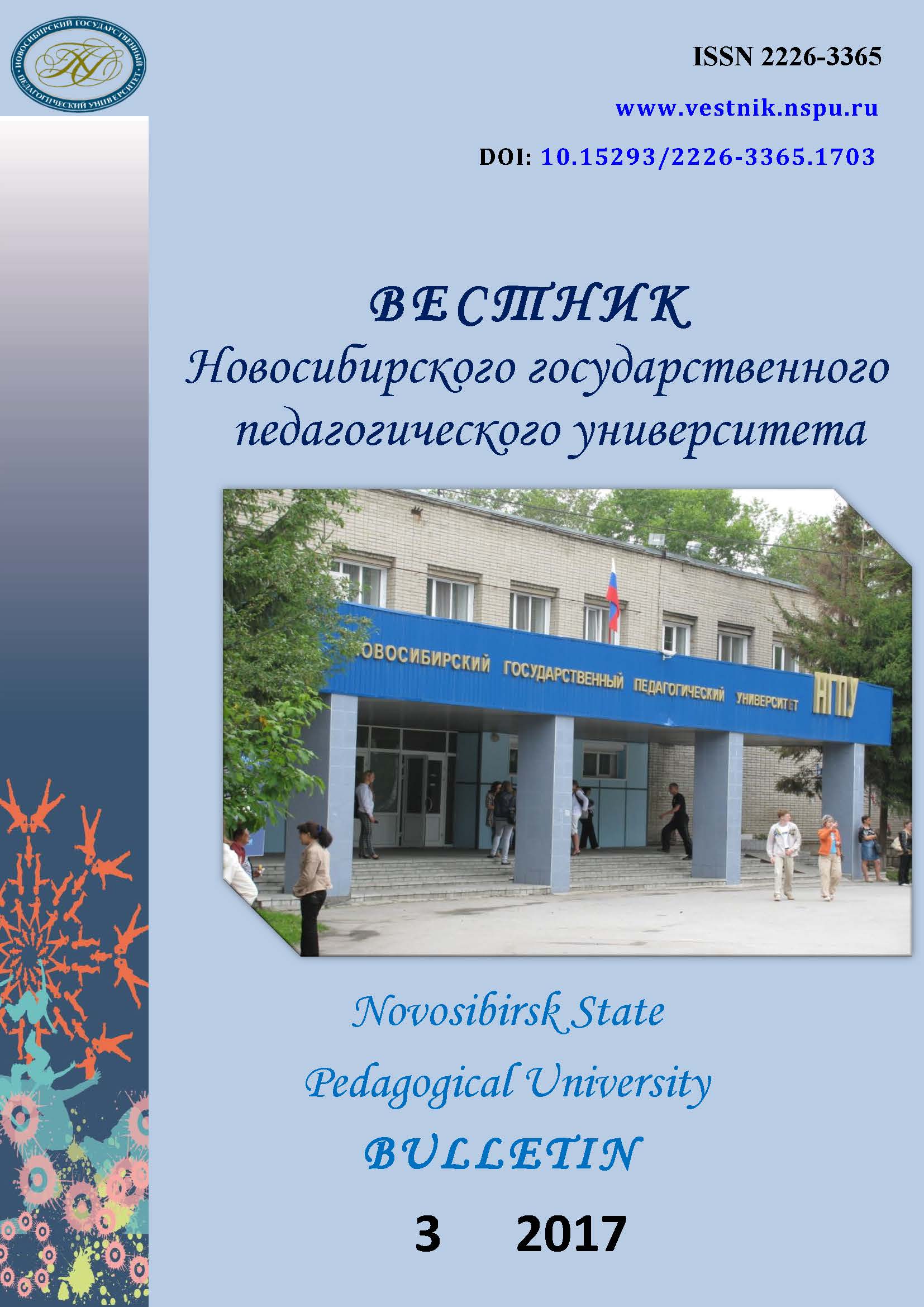Влияние ацетата свинца на структурно-функциональную организацию органов передней и средней кишки сибирского осетра
The impact of lead acetate on structural and functional organisation of the anterior and middle intestine of the Siberian sturgeon
Author(s): Vitalina Igorevna Loshenko, Alexandr Evgenievich Prosenko, Lubov Nikolaevna Sivokhina, Andrey Valentinovich SakharovSubject(s): Regional Geography, Environmental Geography
Published by: Новосибирский государственный педагогический университет
Keywords: Siberian sturgeon; Lead acetate; Intoxication; Histology; Stomach; Intestine; Epithelium; Environmental factors
Summary/Abstract: Introduction. Permanent increase of toxic substances in water in sublethal concentrations for hydrobionts for a long time can remain undetected by the nature protection services. It neg-atively affects the condition of aquatic biological resources. Despite the fact, that lead is a typi-cal thiol poison, pathogenetic mechanisms of the toxic effect of this metal had been described in a fragmentary manner only and require the molecular genetic, cellular and tissue levels study. The aim of the research is to study the peculiarities of organisation of the Siberian sturgeon’s stomach and spiral intestine during the experimental modeling of chronic intoxication by lead acetate. Materials and Methods. The object of research was the stomach and spiral intestine of the Siberian sturgeon. All samples were fixed in a 10 per cent formalin solution and carried out ac-cording to a standard procedure. The preparations were stained by Böhmer's hematoxylin and eosin. The total acidic glycosaminoglycans were detected by the Stidman method. Collagen dis-tribution in tissues of the stomach and spiral intestine was determined by the Mallory method. Histological specimens were examined in transmitted light using the microscope Axio Im-ager.M2 (CARL ZEISS, Germany). Results. The Results of the study showed that during the experimental modeling of chronic intoxication by lead acetate, the stomach and spiral intestine are characterized by a differential level of disruption of their structural and functional organization. Conclusions. From the point of view of fundamental biology the authors note, that study-ing the peculiarities of organisation of the Siberian sturgeon digestive organs using experi-mental modeling during the process of chronic intoxication by lead acetate allows to clarify the ideas about pathogenetic mechanisms of poisoning and diseases of chemical etiology. This pro-vides a special view on the problem of controlling the detoxification processes in fish.
Journal: Вестник Новосибирского государственного педагогического университета
- Issue Year: 7/2017
- Issue No: 3
- Page Range: 210-222
- Page Count: 13
- Language: Russian

